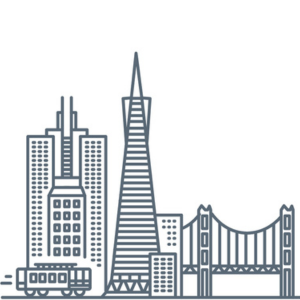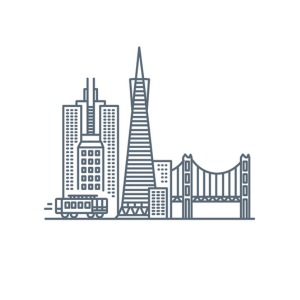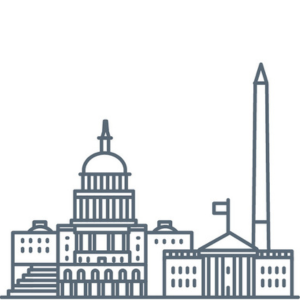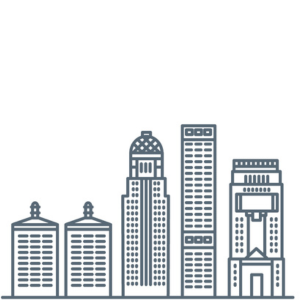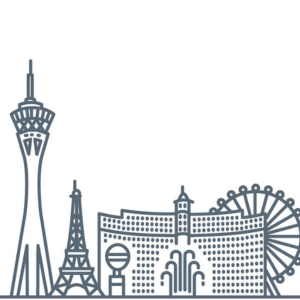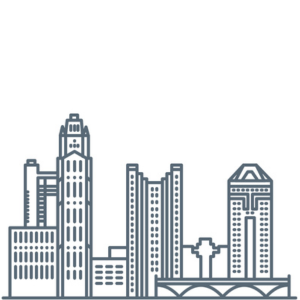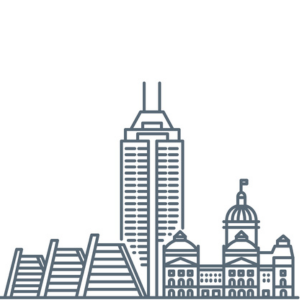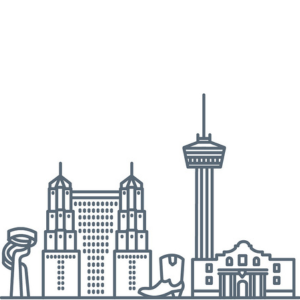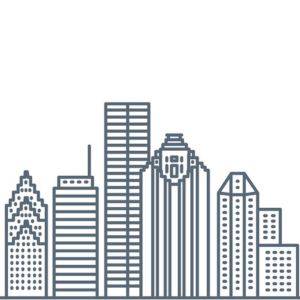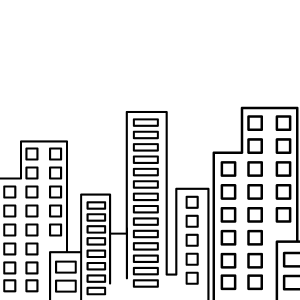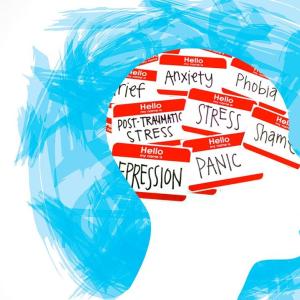Food Safety and Regulations
Food safety and regulations are paramount in ensuring the quality, safety, and hygiene of food products consumed by individuals. Let's delve into the examination of food safety standards, regulatory frameworks, and measures implemented to ensure food quality and hygiene:
-
Food Safety Standards: Food safety standards are guidelines and criteria established by regulatory bodies, international organizations, and industry associations to ensure the safety and quality of food products. These standards cover various aspects such as hygiene practices, food handling, storage conditions, labeling requirements, food additives, pesticide residues, and microbiological limits. Examples of food safety standards include the Hazard Analysis and Critical Control Points (HACCP) system, Codex Alimentarius standards, Good Manufacturing Practices (GMPs), and microbiological criteria for foodborne pathogens.
-
Regulatory Frameworks: Regulatory frameworks for food safety encompass laws, regulations, policies, and enforcement mechanisms implemented by governments and regulatory agencies to oversee the food industry and protect consumer health. These frameworks define responsibilities, set standards, conduct inspections, issue licenses and permits, enforce compliance, and impose penalties for non-compliance. Regulatory agencies such as the Food and Drug Administration (FDA) in the United States, the European Food Safety Authority (EFSA) in the European Union, and national food safety authorities worldwide play crucial roles in developing and enforcing food safety regulations.
-
Measures to Ensure Food Quality and Hygiene: Various measures are implemented to ensure food quality, hygiene, and safety throughout the food production, processing, distribution, and consumption chain:
- Hygiene Practices: Implementing strict hygiene practices and sanitation protocols in food handling facilities, including cleanliness of equipment, utensils, surfaces, and personnel hygiene.
- Hazard Analysis and Critical Control Points (HACCP): Developing and implementing HACCP plans to identify, monitor, and control food safety hazards at critical stages of the food production process.
- Food Testing and Monitoring: Conducting regular testing and analysis of food samples for microbiological contaminants, chemical residues, allergens, and quality parameters to ensure compliance with safety standards.
- Traceability Systems: Establishing traceability systems to track and trace food products from farm to fork, enabling rapid recall and response in case of food safety incidents.
- Labeling Requirements: Enforcing accurate and informative food labeling to provide consumers with essential information about ingredients, allergens, nutritional content, expiration dates, and storage instructions.
By implementing stringent food safety standards, robust regulatory frameworks, and effective measures to ensure food quality and hygiene, governments, regulatory agencies, food industry stakeholders, and consumers collaborate to safeguard public health and maintain confidence in the safety and integrity of the food supply chain.
